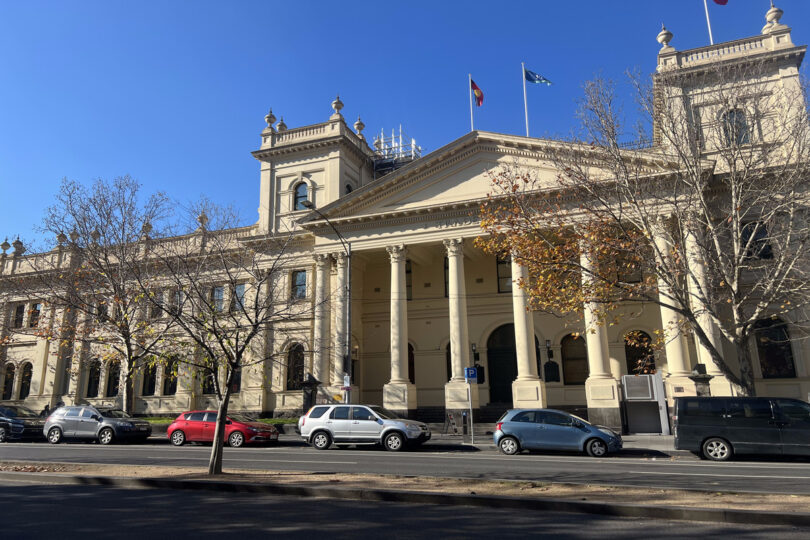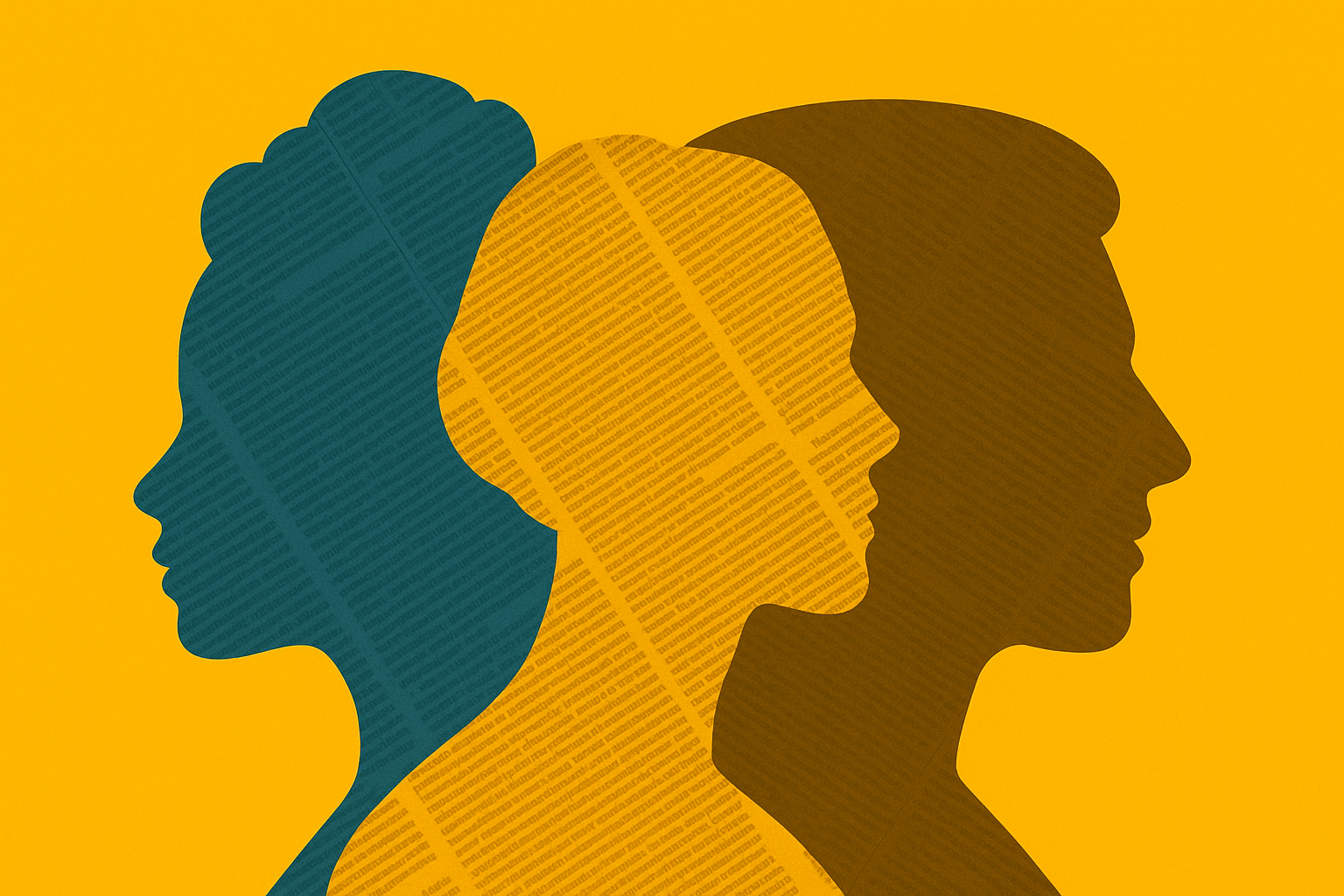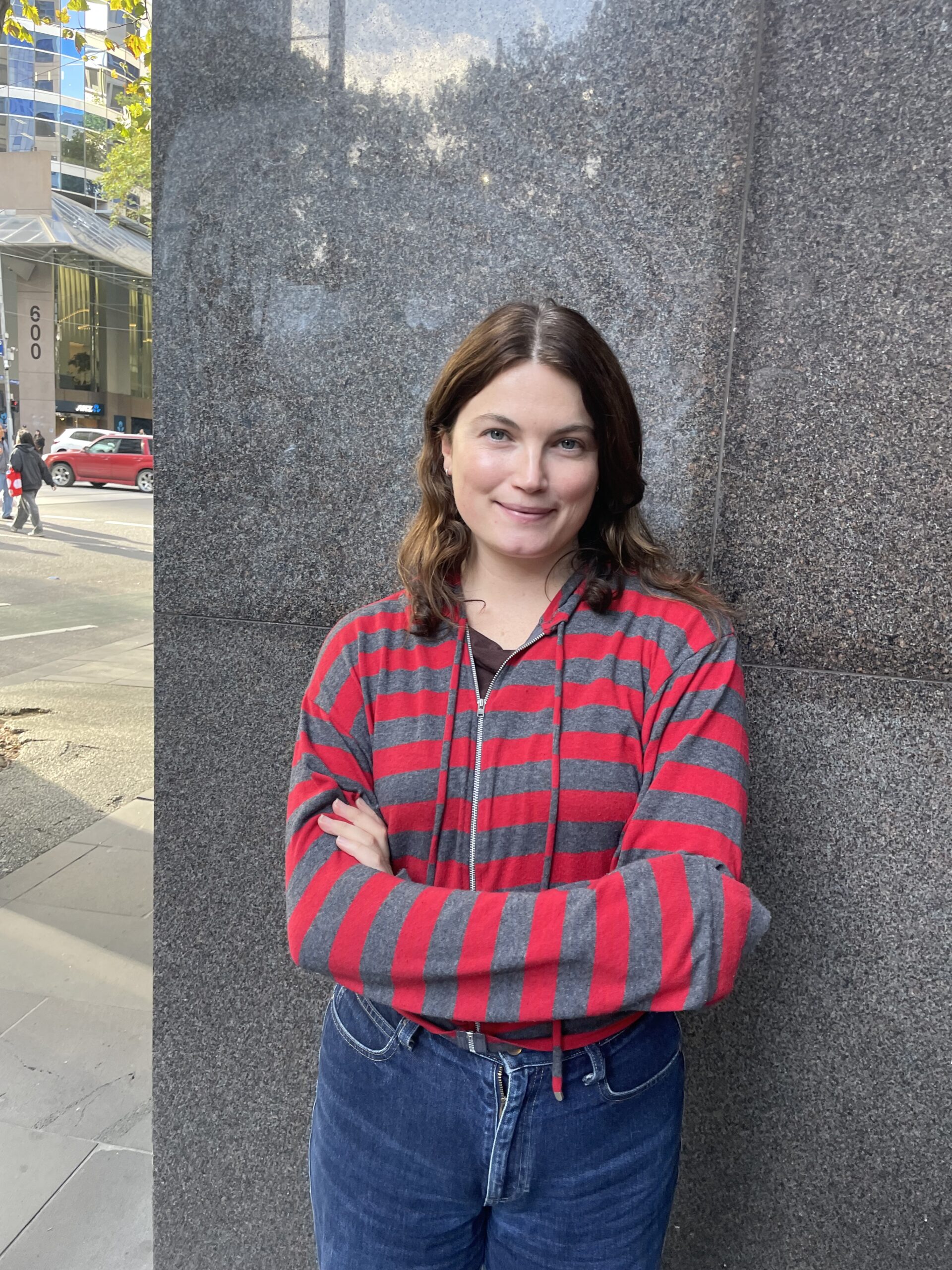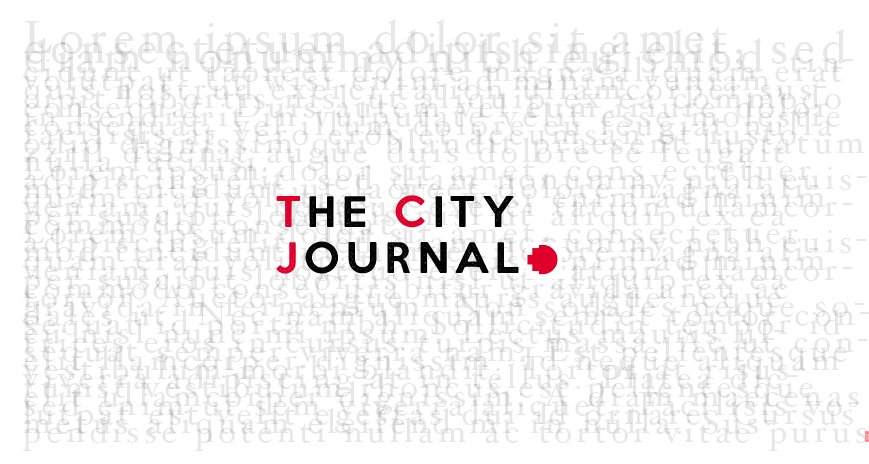There’s a big question that has been quietly simmering beneath office desks for years: did we get the nine to five working days all wrong? For decades we have lived by the 888 rule, eight hours work, eight hours play, and eight hours rest. But in an ever-changing world, does that rhythm still work?
A Monument to Work-Life Balance
A visit to the unassuming monument at the corner of Victoria Street and Russell Street in Melbourne, directly opposite the Trades Hall, reveals the origins of this deeply ingrained principle. This monument is overlooked by countless RMIT students, like Keely and Tom, until they uncovered the deep-rooted history behind this 25-foot structure.
“We’ve been going to uni for three years now, and until this day, never heard of this monument or seen it to be brutally honest” says RMIT student Tom, who visited the monument with fellow students Keely and Kristy that proudly proclaims: “To commemorate the eight hours movement, initiated in Victoria 1856 erected 1903.”
On April 21st, 1856, Victorian Stonemasons, in a remarkably organised protest, stepped off the job, carrying banners adorned with three figure eights. This powerful symbol represented their radical demand: eight hours of work, eight hours of recreation, and eight hours of rest.
This audacious act brought employers to the negotiating table, securing the stonemasons an eight-hour workday – a groundbreaking victory that positioned Australia at the forefront of progressive labour environments by the early 20th century.
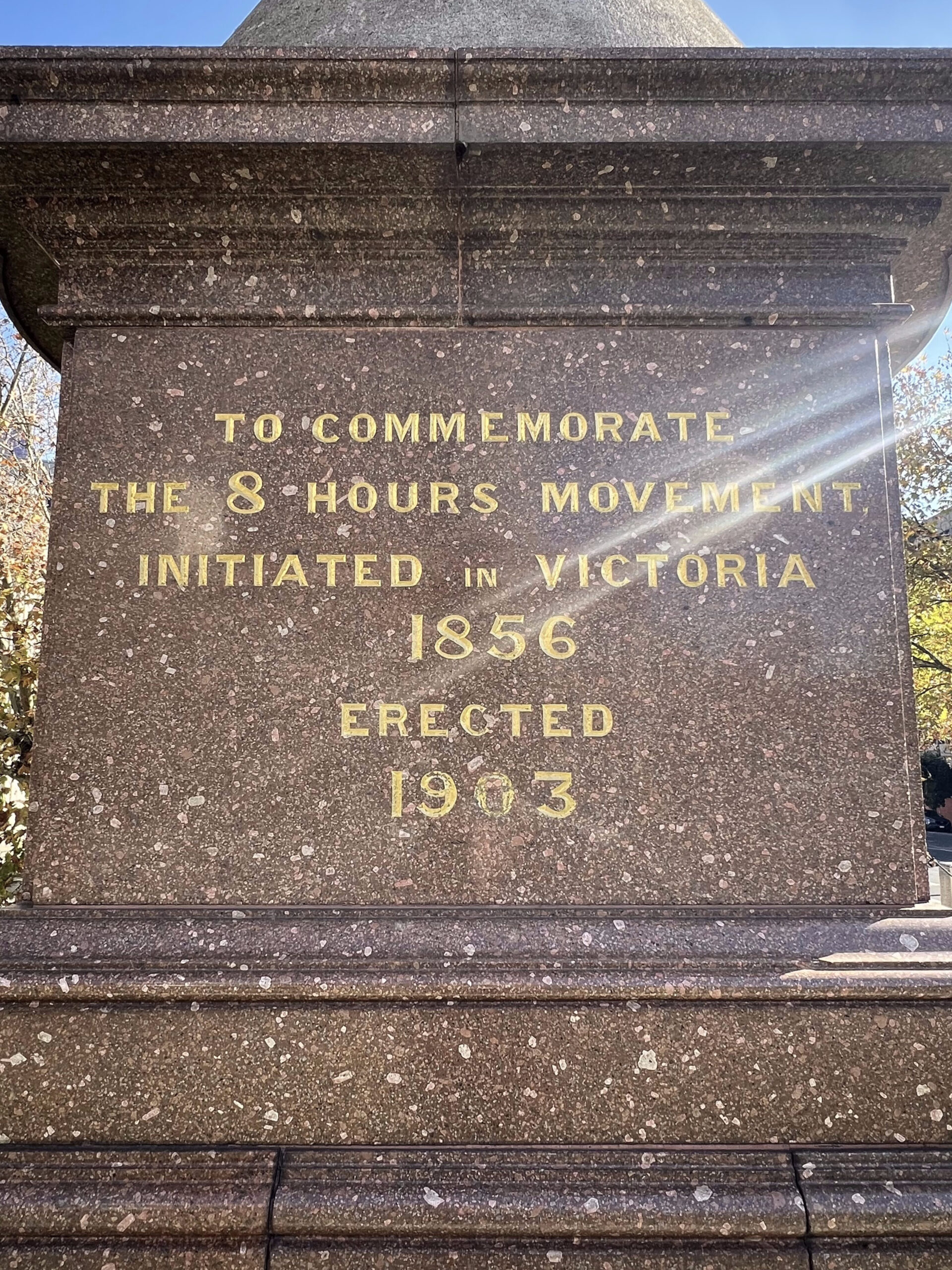
Living the Change, Before the Trend
For many in today’s digital world, that once-revolutionary structure feels rigid in an age of digital connectivity and blurred boundaries between work and home.
Michael Moyzes, Supporter Engagement Manager at Peter Mac Foundation, has been in a hybrid workplace since 2008, beginning this journey well before the pandemic, working remotely for Nurse on Call.
“It was a bit of a shock to the system…I came from quite a traditional background prior to that,” he recalls. His experience created a unique point of view when COVID-19 forced the rest of Australia to grapple with this new way of working.
A persistent issue among businesses is whether people are more productive at home or at work, Moyzes believes it less about location and more about personal discipline.
“I’ve had incredibly productive days at home, and slow ones in the office,” he says. “It’s not the place, it’s the mindset.”
Beyond the productivity side of work, Moyzes said this style of work allowed him to be present in his child’s life.
“I was really fortunate that I was working at home when my kid was little, so I got to see him grow up and I’m really grateful for that component. They’re moments that you’d never get back.” This sentiment echoed in shifting national work patterns.
The HR Perspective: Balance isn’t One-Size-Fits All
Data from the Australian Institute of Health and Welfare confirms the pandemic’s push towards remote work. A July 2020 survey by the Melbourne Institute of Applied Economic and Social Research found that an overwhelming 88% of Australian workers desire to work from home, with 60% favouring a hybrid arrangement.
Self-reported data from Household Income and Labour Dynamics Australia reveals nearly 58% of individuals reported their productivity remained the same or even improved with increased remote hours.
Simone Illet, HR expert with over 25 years of experience, has observed the transition in workplace norms.
“Before the pandemic, flexible work was the exception,” she explains. “Now it’s the expectation.” While conceding that some occupations are better suited to remote work than others, Illet advises against a completely remote model.
“For anyone that’s wanting to work a hundred percent from home, from my experience, that’s not necessarily the best thing for the employee… they miss out on a lot of the camaraderie that you get altogether in a workplace.”
She emphasises the need for regulations that encourage flexible work while not jeopardising employee well-being or engagement.
‘Like in life, It’s all about balance, right? And I think with that hybrid working model that really helps work life and their personal commitments. In a modern working environment, it is potentially more difficult to have, 8- 8-8,’ said Illet
“The expectations that are placed on employees, and what’s required in terms of their KPIs and deliverables… I feel like it’s changed, there’s more demand, and I’m not sure that in a modern work environment that employees are really able to, you know, implement 8, 8, 8.”
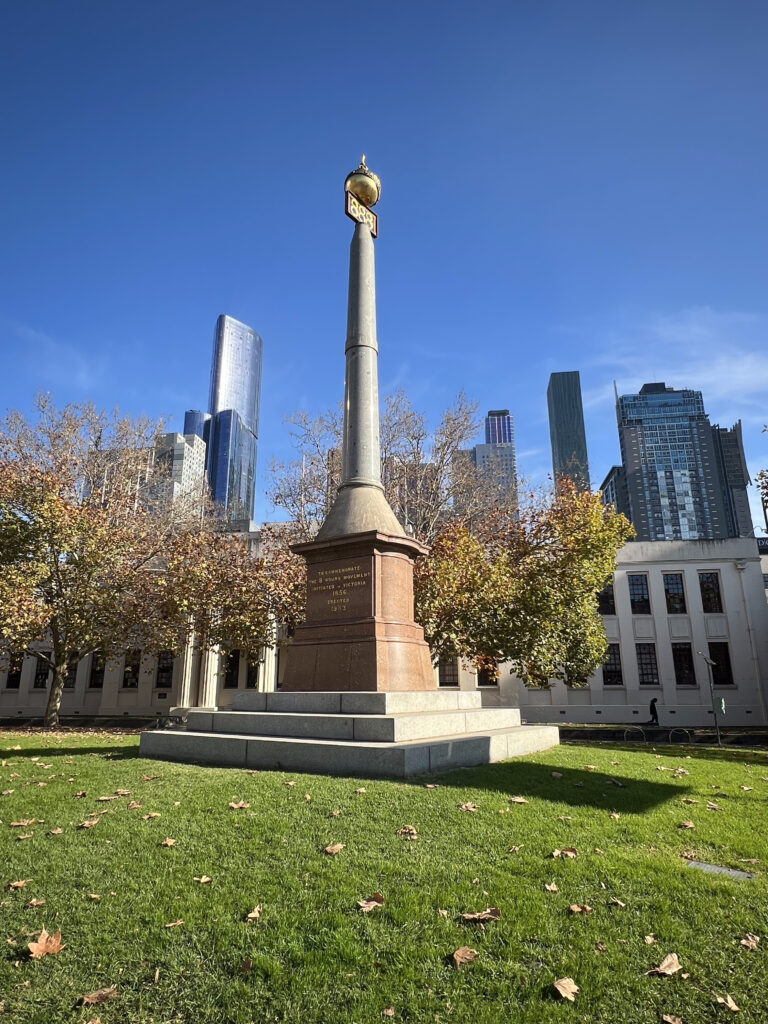
What Comes After 888?
While the original 888 model sought to establish a clear distinction between work, rest, and play, current work-life balance is a more flexible idea. Some employees find the 9-5 framework reassuring, while others find it stifling; it has grown beyond tight timetables to include flexibility and customisation.
Remote work, hybrid models, and flexible hours are increasingly part of how we operate. While the 8-8-8 paradigm was groundbreaking at the time, its distinct borders are becoming increasingly difficult to define.
Each workplace brings distinct problems and possibilities for attaining balance. If the 1856 Eight Hours Movement taught us anything, it was the value of setting apart time for work, relaxation, and, most importantly, our lives outside of work.

